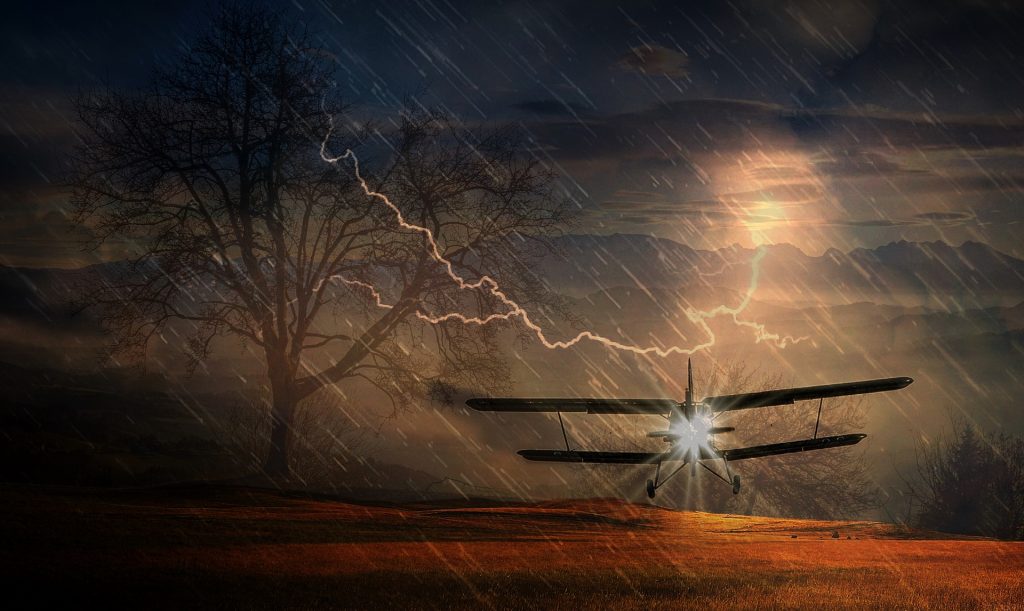Accurate Rain Measurement with a Jeffersonian Rain Gauge
A Jeffersonian rain gauge, also known as the tipping-bucket rain gauge, was invented by Thomas Jefferson in 1770 and remains one of the most accurate ways to measure rainfall today. These devices are still manufactured commercially and are available online and in home improvement stores. Even with the availability of more modern tools, they can be a useful tool for anyone who wants to record rainfall over time. A Jeffersonian rain gauge consists of two buckets, which are connected so that when one tips into the other, it measures the amount of rainfall since the last tipping event.
Historical context
In the early 1800s, farmers in the American Midwest were having trouble measuring the amount of rainwater that was falling on their crops. In 1841, an inventor named Thomas Jefferson attempted to solve this problem by designing a rain gauge. Jefferson’s design was based on what is now known as a Jeffersonian or bucket rain gauge. This gauge was used to measure rainfall until it was replaced by newer technology in the early 1900s.
What is a Jeffersonian rain gauge?
A Jeffersonian rain gauge is an instrument used to measure the amount of rainfall. It was invented by Thomas Jefferson, hence the name. The device is also known as a tipping bucket rain gauge and it relies on gravity and the momentum of water to move water from one container to another. As the first container fills up, it tips over and empties its contents into the second container in order to measure rainfall accurately.
Why use a Jeffersonian rain gauge?
Jeffersonian rain gauges are efficient tools for measuring precipitation. The traditional top-style rain gauge has been around since the 1830s when it was developed by Colonel Thomas Mather, but it is not as accurate as the more modern and popular bottom-style rain gauge. Bottom-style gauges are more efficient because they have their opening at the bottom of the gauge, and this leads to less water evaporation.
How to build your own
A rain gauge is an instrument used to measure the amount of rainfall. It consists of the container or cistern, which is filled by rainwater that runs down from above and empties automatically, and the measuring instrument or gauge that shows how high the water has risen.
The gauges are usually mounted on a post in an open space in order to measure the volume of precipitation over a certain duration of time.
Tips and tricks from the experts
A rain gauge is an instrument used to measure the amount of rainfall over a set period. For example, it may be used to determine how much water is needed for irrigation or to predict the levels of flooding. To make sure your measurements are accurate, here are some tips on using a Jeffersonian rain gauge
-The tube should always point down toward the ground in order to catch as much water as possible.
-If you notice any air bubbles in the tube, then something might be blocking the flow of water and you should carefully remove whatever is obstructing it.
-To get more consistent readings from your device, use both inches and centimeters on the scale.
-Each column has five numbers which correspond to each inch or centimeter.
-A one inch column would read: 0-0.5-1-1.5-2 etc., while a one centimeter column would read: 0.0-0.5-1.0-1.5 etc.
